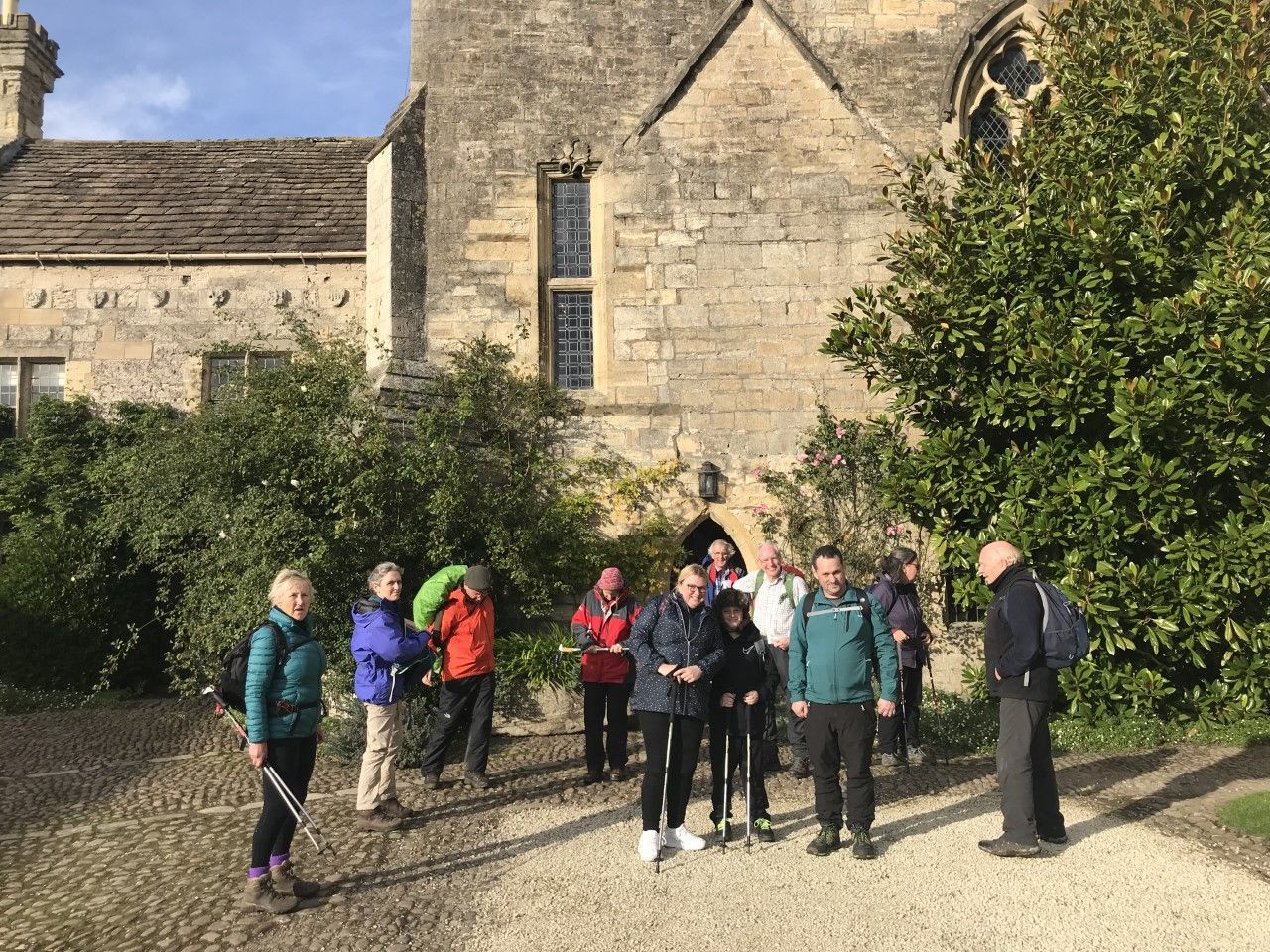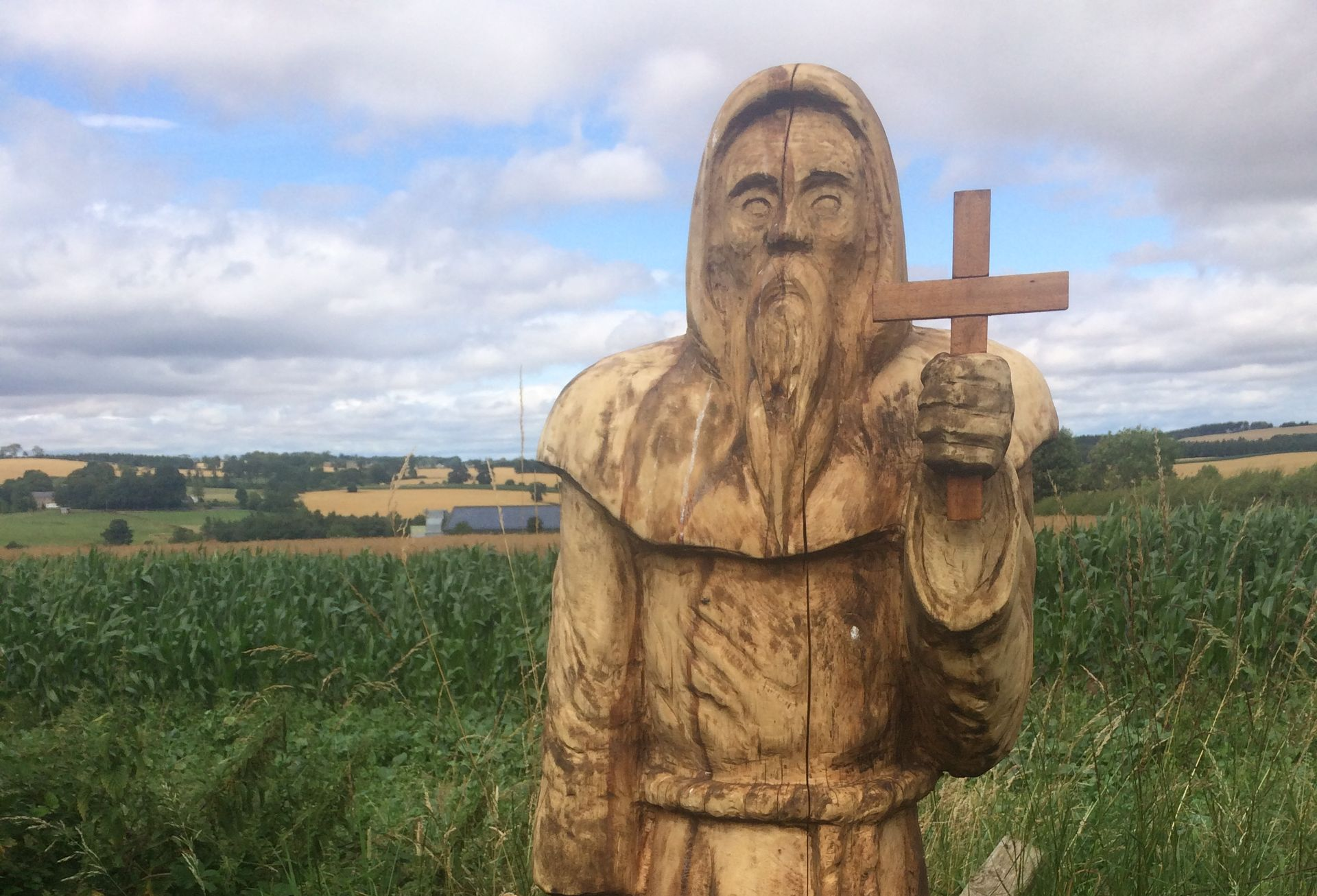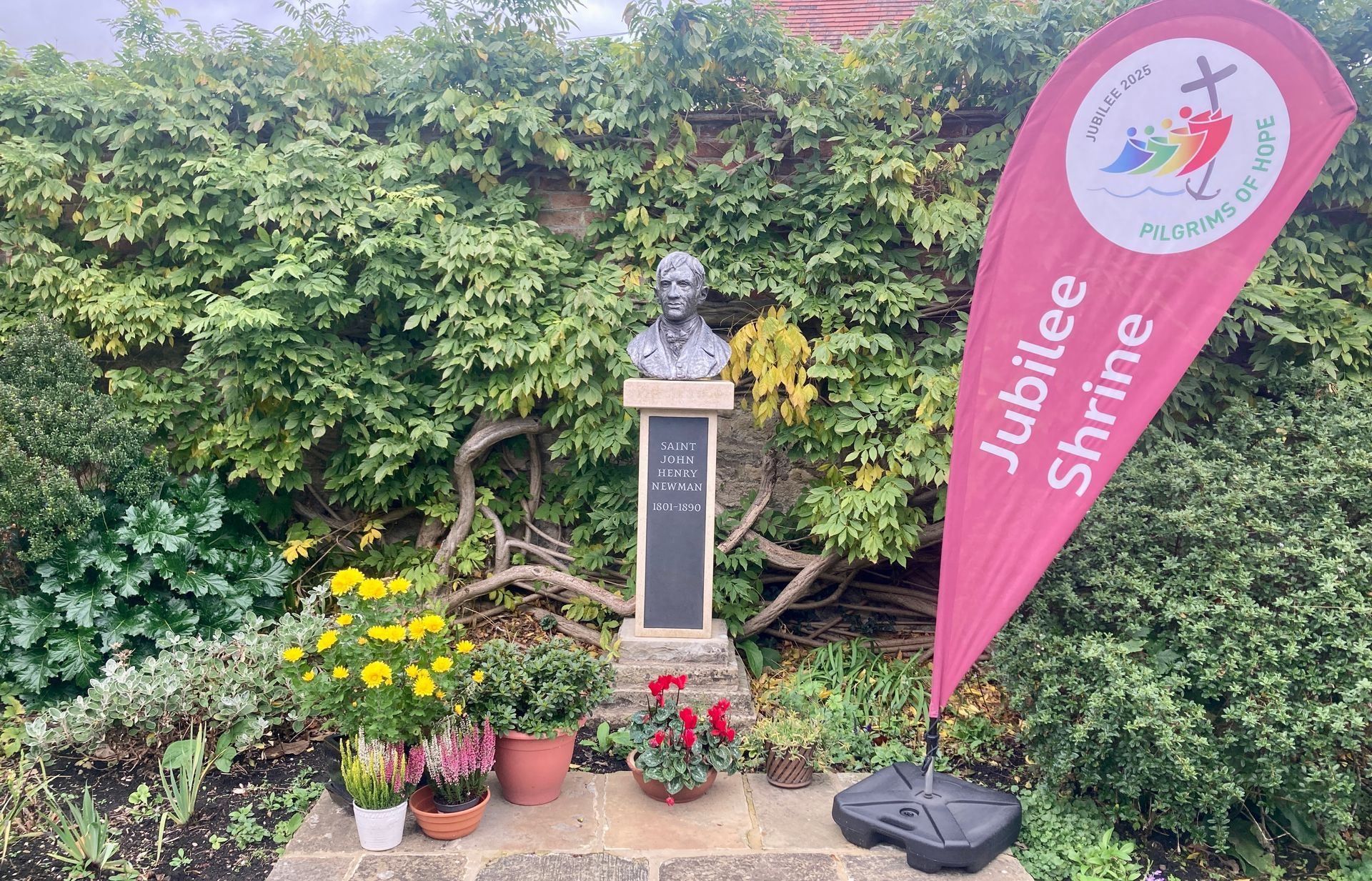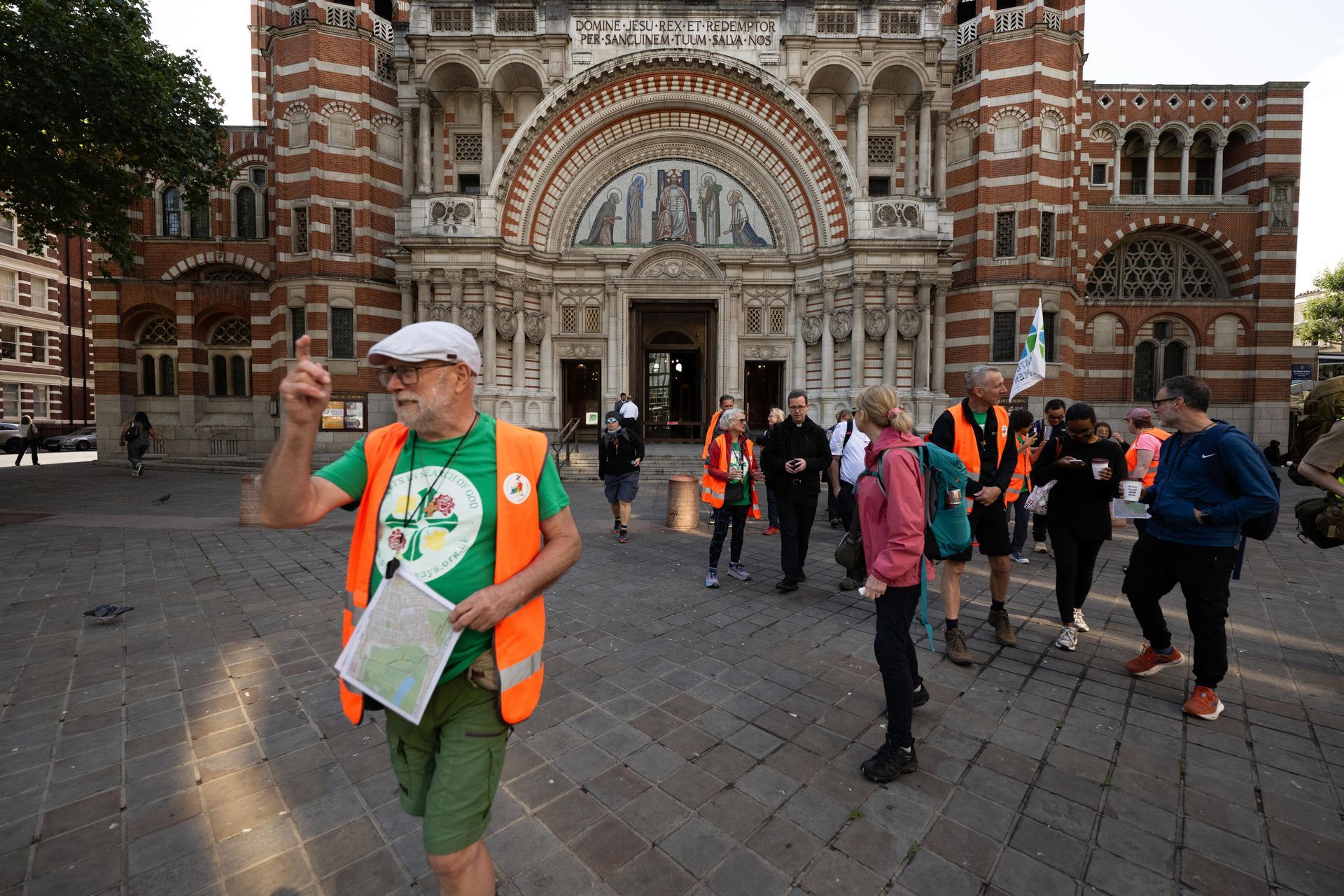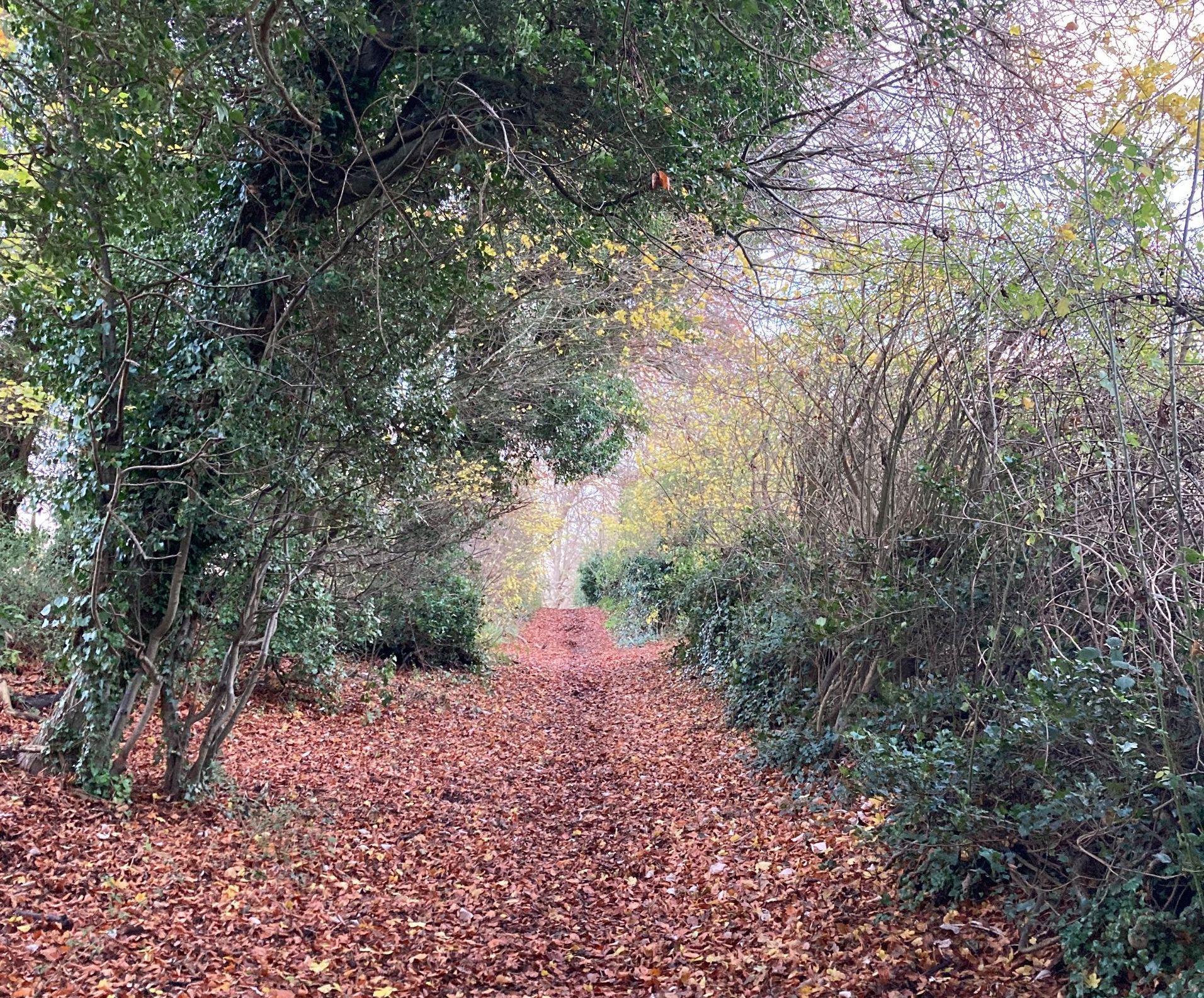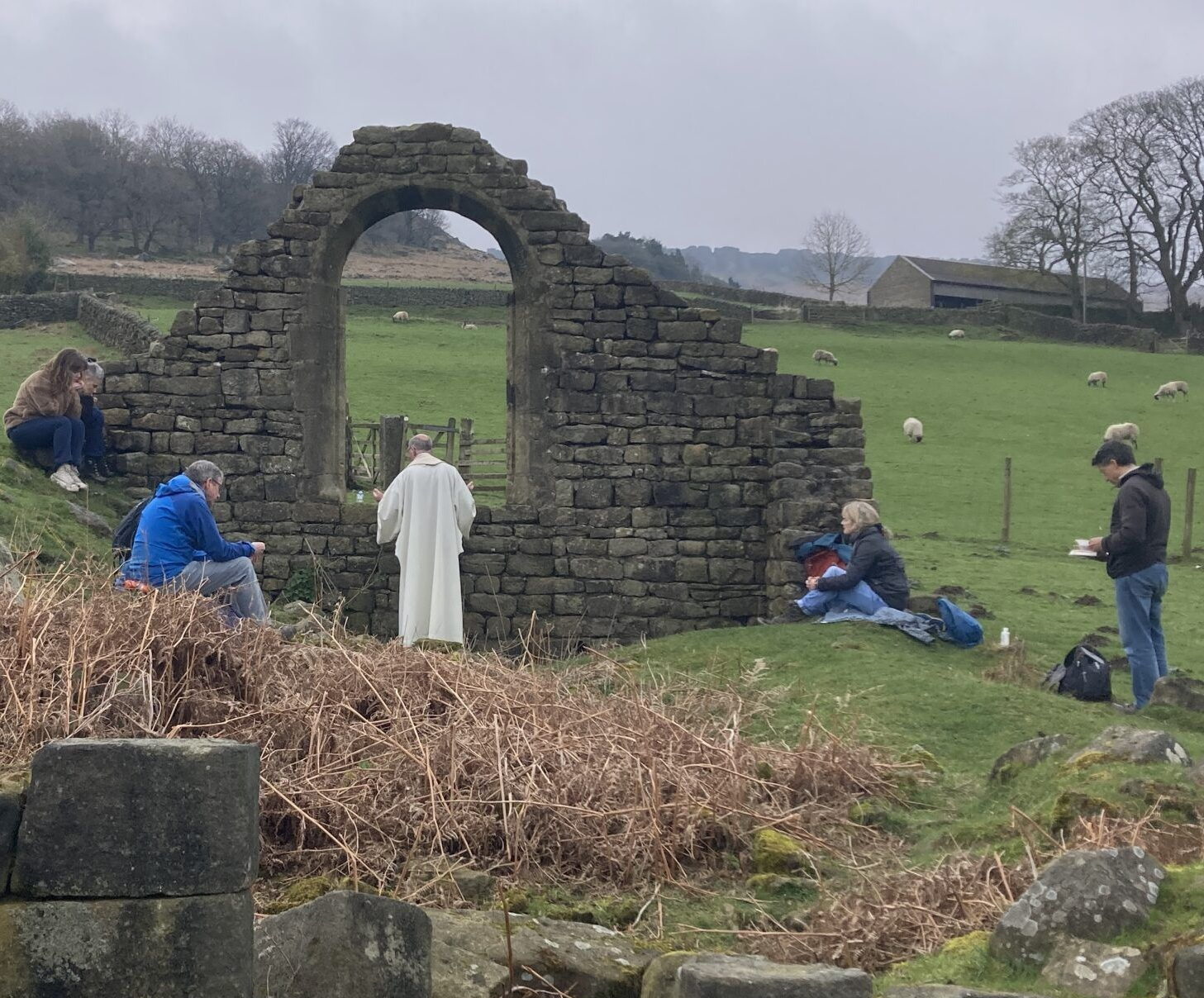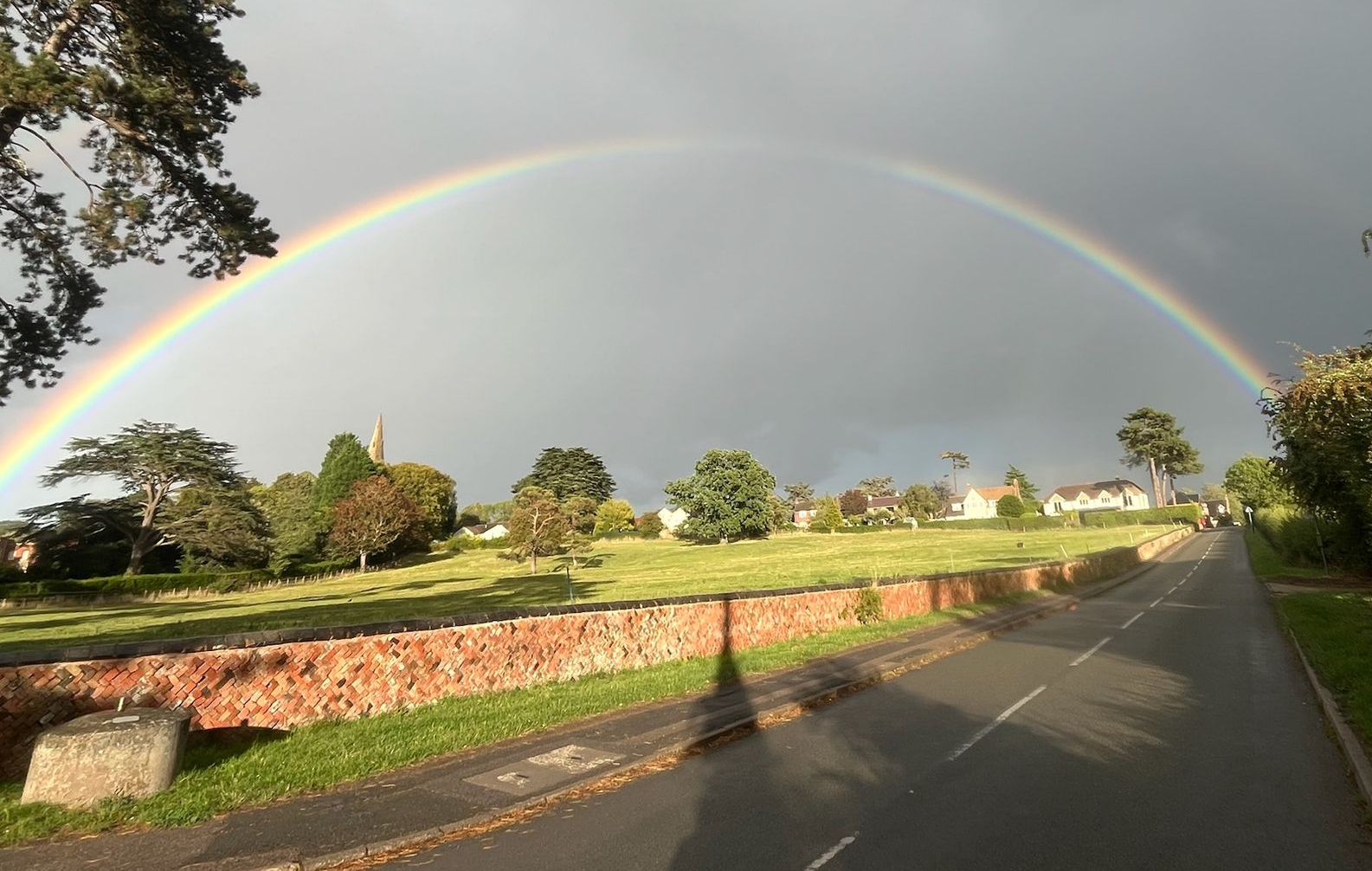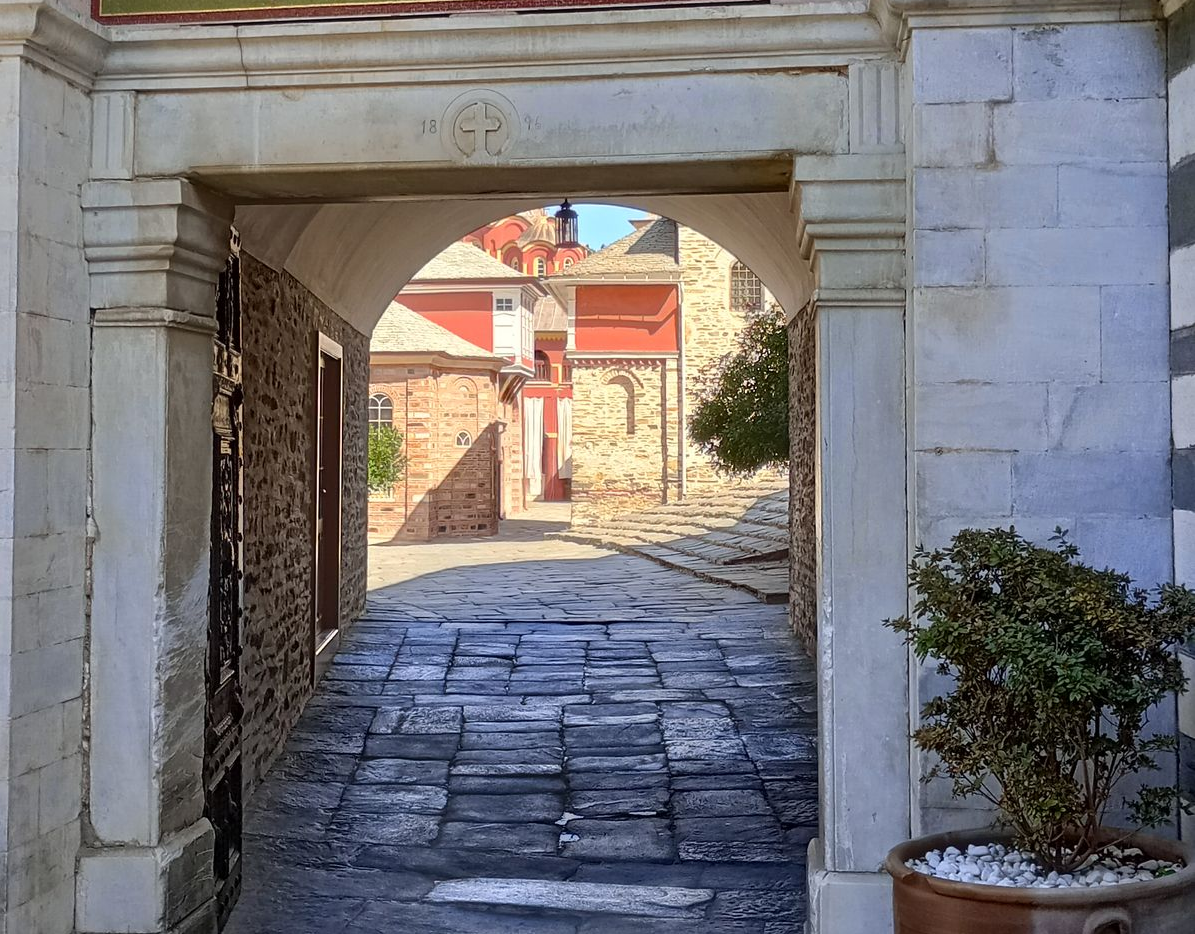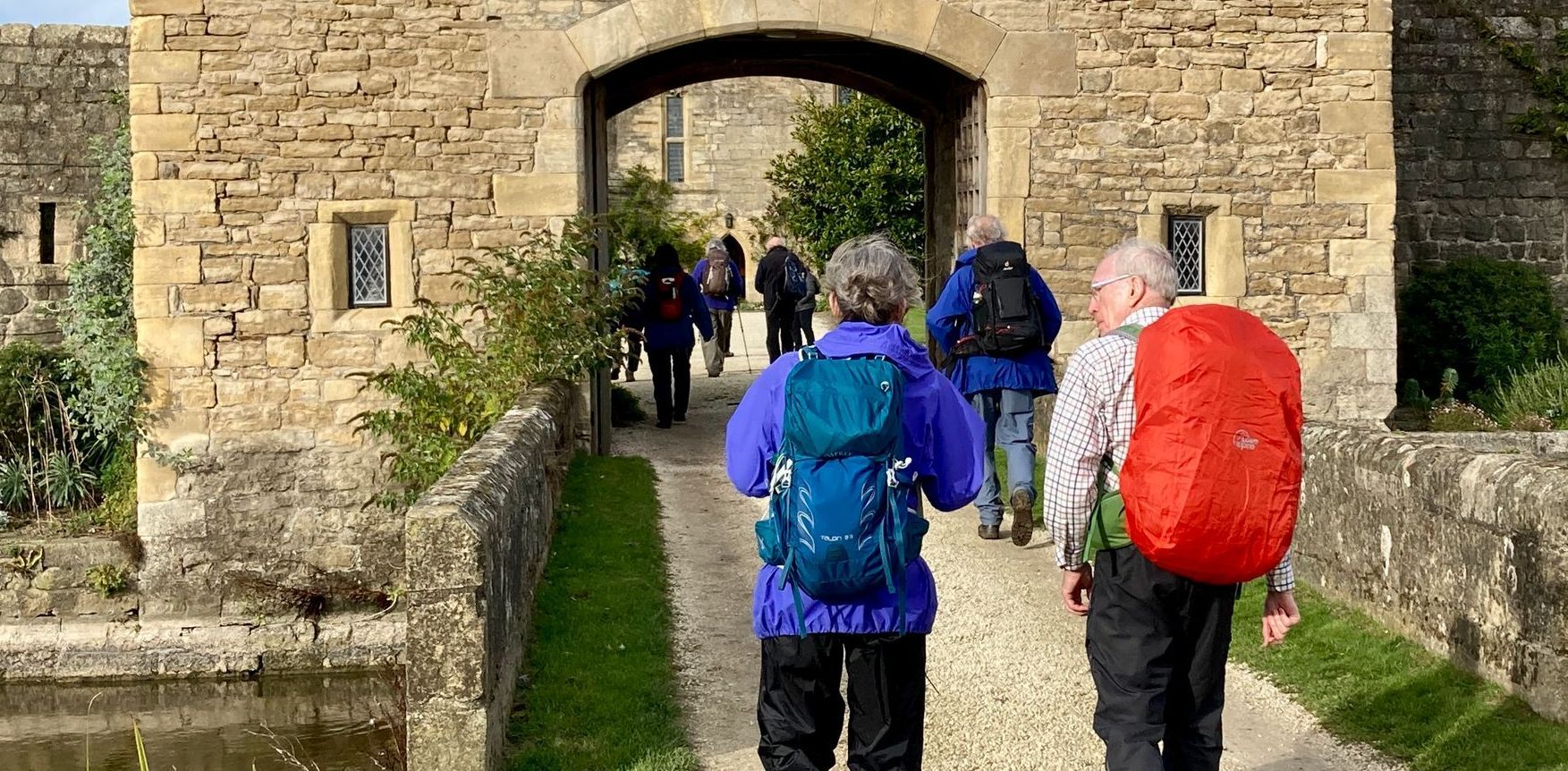Group Walking Pilgrimage: the Basics
This resource has been prepared to suggest checklist of basic set of policies and procedures that walking pilgrimage leaders and organisers can use. The key to any safe and successful walking pilgrimage is thorough preparation.
Route Preparation
Wherever possible the route should be off road and along national walking trails. The route should be trailblazed in advance, potential risks identified and a risk assessment created (see 6 below). Potentially dangerous stretches of road should be avoided by changing the route. Roads with less traffic, wider verges or with clearer visibility should be chosen.
Road Safety Policy
You should develop a road safety policy which is appropriate for your route. For example, if your route is completely off road, you should still consider how you will ensure the safety of your group and other users such as cyclists and horse riders. If you are using highways your policy should be based on the Highway Code Rules for Pedestrians.
Larger walking groups should consider a group walking policy. For example:
- The front and back markers should wear Hi-Viz vests and have whistles.
- The leader for the day should be in the main body of the group.
- When approached by a vehicle, the front or back person blows a signal:
One whistle = Vehicle Approaching
Two whistles = All Clear / No vehicle is approaching
Rapid whistle blasts = Emergency - get off the road (see drill in the Appendix below.)
- The leader can then assess the situation and make decisions regarding the safety of the group.
You should also consider how to cross the roads as a group. For example:
- Where there is no pelican crossing, always cross as a group.
- Let the leader choose the crossing point, line up along the side of the road and wait for the signal to cross together.
- The two people watching out for traffic will signal all clear and the lead person will confirm all clear and get everyone across safely.
Insurance
You should check if your organisation’s insurance policy covers the activities involved in the walk. If not, you will need to contact the insurer to arrange the necessary cover. Should you need to arrange a stand-alone insurance policy this can be done and should not be excessively expensive. Specialist walking group insurers are available.
Safeguarding
You should consider if your group will include children (younger than 18 years old) or adults who may be at risk of abuse or neglect. You should discuss the pilgrimage with your diocese or other organisation’s safeguarding lead and take their advice. Many walking pilgrimages insist that children must be accompanied by their parent(s) or of a designated responsible adult. Pilgrimages organised by Catholic bodies must follow the standards set by the Catholic Safeguarding Standards Agency. If you are organising a walking pilgrimage independently you must create an appropriate safeguarding policy. Guidance can be found on the Pilgrim Cross website.
Health and Safety
As part of the route trailblazing a risk assessment should be developed to identify potential hazards and ensure they are avoided or mitigated as far as possible. An example, based on a model developed in the Diocese of Leeds, can be found here. This should be used to provide a health & safety briefing for pilgrims at the start of the walk. An example can be found here. This should include the road crossing procedure, a check that pilgrims have sufficient water, food and appropriate clothing and footwear. Carry incident forms to record any that occur.
Everyone participating in the Pilgrimage must adhere to the policies and procedures. It is therefore recommended that persons can only allowed to join the group at appropriate points agreed in advance so they can be briefed and told what is expected of them.
The risk assessment should be adapted as the walk takes place. For example, a field which was empty when trailblazed may hold a herd of frisky cattle on the day of the walk, requiring a change of route.
Equipment
Think about the equipment necessary for undertaking the walk. For example, this may include:
- Two whistles
- Mobile phones (x2 preferably different networks) and chargers
- Hi-Vis jackets for walk leaders
- Maps for the walk leader and a backup set
- First Aid kit, spare water bottle, sun protection cream.
Leading the group safely
A system for managing the group must be agreed in advance and then implemented by the walk leaders. Pilgrims should be made aware of the system during the health & safety briefing at the start of the day. Road safety roles must be clearly defined before the walk begins, and any person who takes on this responsibility should be made fully aware of what is expected from them. The walk leader should make pilgrims aware of any hazards identified on the day’s route by the trailblazers and the plan to mitigate the risks.
Injured walker procedure
Should a walker become unable to continue due to an injury, the leaders must plan for how the walk can continue (if possible) without putting the casualty at risk. It may be that a parish volunteer or taxi may be contacted to arrange a pickup of the injured walker. The injured walker should be positioned comfortably with at least one other walker to wait with them, and a minimum of one mobile phone with good charge which has the leaders’ contact numbers. It is good practice to follow up anyone who has had to leave the walk by phone later. Record what happened using an incident form.
Alcohol and the road
Should a pilgrim seem unable to comply with road safety instructions or to be argumentative due to intoxication, the person should be asked to leave the pilgrimage as soon as safely possible. Walk leaders should be careful about drinking alcohol and avoid it during the walking day.
Appendix: Example of an emergency drill
The emergency signal is continual short whistle blasts. The group should be taught to react without hesitation and without question. The emergency drill must be initiated immediately. Failure to implement the emergency drill effectively is one of the most likely causes of multiple fatalities on a walk.
- Halt all traffic
- Call 999
- Give First Aid
- Take photos
- Communicate
The walk leader should phone the casualty’s emergency contact person if appropriate as well as the informing the pilgrimage organisation who will contact the insurer. The walk leader should record the details of the emergency and actions taken on an incident form or his or her phone.
